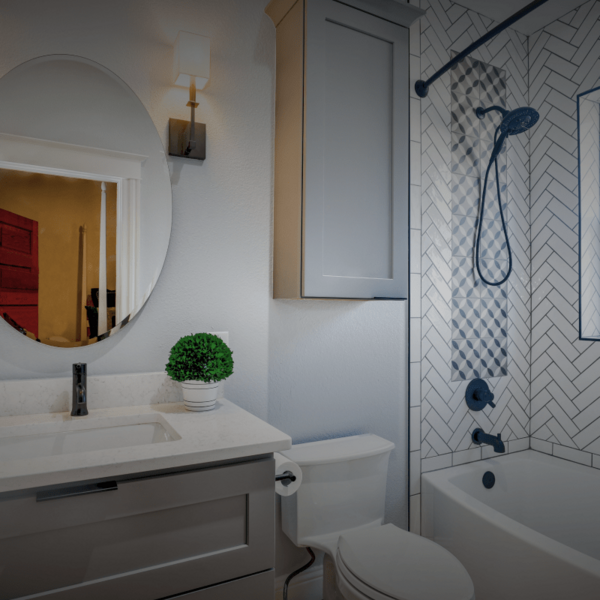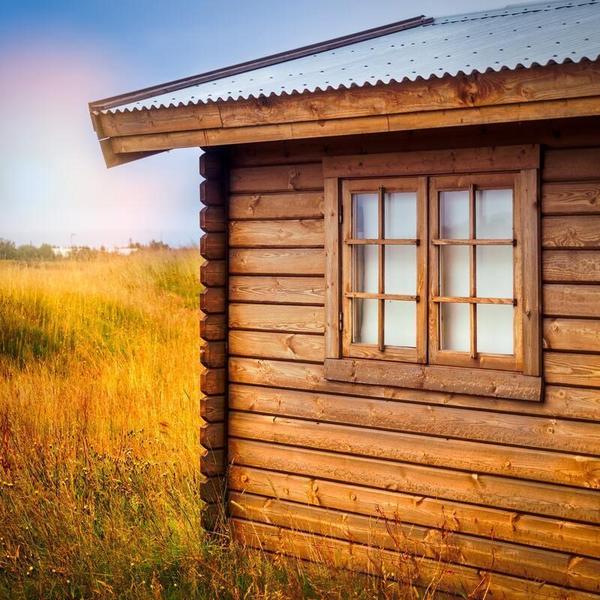It would be wrong to assume that a tiny house is just a downsized regular home. The truth is that no part of a tiny house is anything like a regular house lifestyle, and this includes sleeping arrangements.
Let’s explore some of the cleverest tiny house bed ideas that both save space and provide comfy resting after a productive day.
Sleeping in small spaces
Sleeping in a tiny space can take some getting used to. It actually goes against everything that modern lifestyle guides recommend.
Doctors recommend that the sleeping area is at least seventy square feet, which is nowhere as close to any floor plan you’d find in a tiny house.
Incorporating framed wall art for bedroom is not just a matter of aesthetics; it’s a space-enhancing strategy for tiny bedrooms. By choosing the right pieces, you can transform a cramped room into a personal sanctuary that feels both expansive and intimately tailored to your taste.
For couples, experts recommend a king-size mattress, as the smaller queen size can get too cramped for two people to sleep comfortably.
Finally, according to “feng shui,” your bed should be as far away from the door as possible. In a tiny living space, we could ask, “Which door?”
So how do you sleep in a tiny home?
First of all, you need to have a bed that works for you. Some tiny house owners will roll out a mattress up in the loft and be done with it, while others like to be more innovative with their bedroom designs.
The best bed for a small room
I hate to break it to you, but there’s no such thing. Pretty much like any part of a tiny house, there’s no one size fits all — the best bed will depend on a number of things, such as your style, taste, and interior design.
So before you choose the ideal bed for your tiny house, there are 4 questions you should ask:
- Is your tiny house already built?
If the answer is “yes”, you have much less creativity and flexibility for your bed designs, that is, unless you’re willing to remodel to make room for your bed.
- Do you want to sleep in a loft?
Many tiny house building plans include a nice raised sleeping loft, however, there are people who feel safer when snoozing on the main floor of the tiny house. I’m talking about older homeowners who prefer not to climb up and down steep stairs or a ladder in the middle of the night.
- Do you sleep alone or with a partner?
There’s also a question of how many people will be sleeping in the bed. If you sleep alone, you have more flexibility with whatever bed style and solution you choose.
- How much set-up are you okay with?
There are tons of creative bedroom ideas for tiny houses, some of which include folding, bending, disassembling, sliding, and disappearing into the wall. But these creative ideas mean moving things around to deploy your bed. Is this something you can deal with every night, or do you want a more simple solution?
9 clever bed solutions for tiny houses
-
Murphy bed
Murphy bed has become a go-to solution for many tiny house designers. It’s a type of bed that folds up vertically into the wall. The 20th-century filmography doesn’t lack comedy skits where unassuming sleepers find themselves folded up into the wall with the bed.
However, as the vertical set-up needs too much room for a tiny house, murphy beds in tiny homes usually fold up from the side.
If you settle for a murphy bed, you can eliminate the loft sleeping space entirely, which leaves you ample storage space in the vertical niche. This also means that your main floor converts into a sleeping area, allowing you to even squeeze in a king mattress.
Some queen-size murphy beds are built with a couch in front, with the bed folding over the couch sitting area when needed. You can find well-made hardwood bedroom furniture, like wall beds made by specialty craftsmen, online. This guarantees that your furniture will stay structurally sound throughout your life.
-
Loft bedroom
Loft bedrooms are among the most popular bed styles for tiny houses.
These bed arrangements are usually on the second floor of a tiny home and accessible by stairs or ladders.
A tiny house loft bed takes advantage of your vertical space. If you already have a storage loft, you can easily convert it into a sleeping area.
-
Zoom-Room Bed
Also known as the roll-out bed, the Zoom-Room style bed is basically a retractable murphy bed.
So instead of folding up into the wall or ceiling, the Zoom-Room bed folds up into itself horizontally. This means you can push it back into the wall, the bookshelf, the cabinet, or whatever piece of tiny house furniture you got it built into.
-
Bunk beds
Bunk beds are already a go-to solution for kids in regular houses, so it shouldn’t surprise that many tiny house families love them too. Bunk bed models naturally take up little space while maximizing the vertical dimension.
Among creative bunk bed ideas, you can find bunk beds hidden behind a piece of wall that slides side-to-side underneath the secondary loft.
It’s an amazing solution for larger families, as this way several kinds can have privacy and a sleeping room in a single corner.
-
Elevator bed
A DIY elevator bed is a bed that you can raise above the rest of the house floor space and lower it when you want to go to sleep.
This is a great climbing-free solution for people who don’t like the prospect of climbing up into the loft every evening.
The elevator mechanism requires just a few bits you can buy at a hardware store.
Of course, if you’re looking for a less industrial solution, you can buy a retractable ceiling bed that comes down automatically at the press of a button.
-
Hammock loft bed
How to get additional space without increasing the main floor area of your tiny house?
You may not be able to build an entire second-floor loft in your tiny house, but nothing’s preventing you from suspending a hammock from one side of your home to another.
A few metal wires bolted to the ceiling and the sides holding the hammock, and you have an entire second floor that you can set up or put away as needed.
You can use this extra space to sleep, meditate, spread out, or do whatever you want. It’s your home.
-
Water bed
A water bed is something you’d sooner expect in a traditional house than a tiny one. However, there are several reasons why you might want to give it a chance:
Flexible: Need more space for a dinner party you’re throwing tonight? Just drain the water and fold the bed up into storage.
Adjustable firmness: You can adjust the firmness of a water bed simply by filling or draining the mattress. Get a dual chamber bed, and you and your partner can adjust your bedding to your preference.
No motion transfer: Sleeping on small beds in a tiny house can cause a lot of problems, especially if you or your partner tend to move around a lot while you sleep. Dual chamber water beds are an ideal solution to this problem, as you don’t have to worry about disturbing your partner with movements. In water beds, there’s zero motion transfer between chambers.
If you want the comfort and versatility of a regular bed and you’re faced with limited space, a water bed might be the perfect answer.
-
Multifunctional convertible bed
A type of sofa bed, these beds look like a couch during the day, but when it’s time to sleep, you can pull a mattress from behind the seating cushions to form a bed.
These beds are ideal for any living room space that doubles as a downstairs bedroom and are a great solution when you need extra space for your guests to sleep.
-
Bed-Desk-Couch
If you’re looking beyond the edge of creativity and maximizing your furniture space, look no further than this convertible bed with a desk.
Finding these on the market might be challenging, but if you have DIY woodworking skills, you can build one on your own.
This kind of a bed would be great for a tiny house for a single person or if you need sleeping space for a second or third person outside your main sleeping loft.
Wrapping up
Living in a tiny house usually means you’re dealing with far less space than in a regular house.
Still, it doesn’t mean you should compromise your good night’s sleep.
Whether you’re building a new tiny home or remodeling the one you already own, these nine tiny house beds should give you some ideas about where to start.



